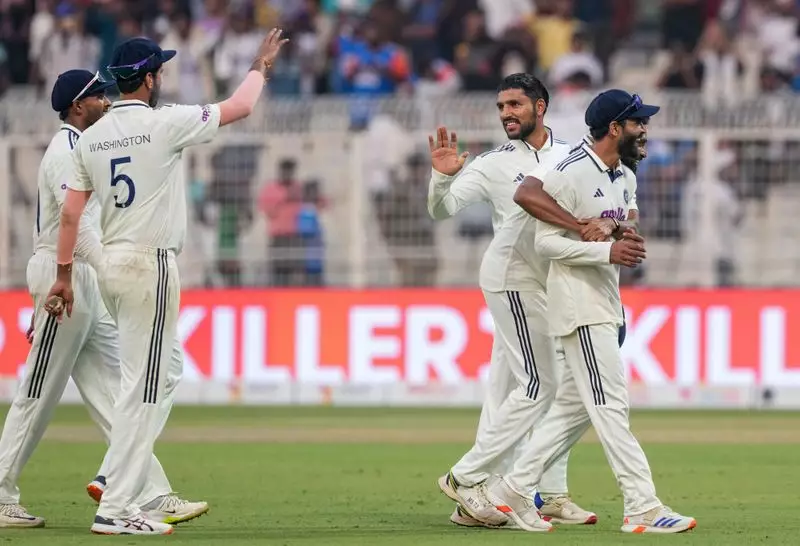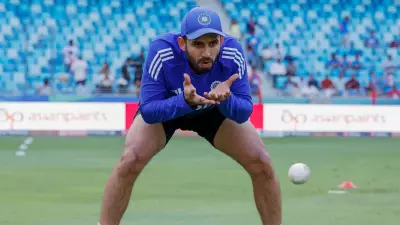
India's much-vaunted batting lineup faced an unexpected reality check as their calculated gamble on the Kolkata pitch spectacularly backfired against a determined English side. The home team's strategy to prepare a turning track ultimately exposed their own batting vulnerabilities, raising serious questions about team selection and approach ahead of the crucial final Test.
The Kolkata Pitch Gamble That Went Wrong
Team management, led by captain Rohit Sharma and coach Rahul Dravid, had specifically requested a rank turner at the iconic Eden Gardens, hoping to exploit England's historical struggles against quality spin bowling. However, this tactical move boomeranged dramatically as India collapsed to 153 all out in their first innings, with only Shubman Gill showing significant resistance with a fighting 65.
The pitch, which began showing exaggerated turn and variable bounce from the opening day, became increasingly difficult as the match progressed. While Indian spinners Ravichandran Ashwin and Ravindra Jadeja did extract significant turn, England's batting lineup, particularly Ben Stokes and Jonny Bairstow, demonstrated better application against the turning ball.
Batting Technical Deficiencies Laid Bare
India's batting performance revealed several concerning patterns that have plagued the team in recent home series. The middle order, missing the experience of Cheteshwar Pujara and Ajinkya Rahane, appeared particularly fragile against quality spin bowling. Multiple batsmen fell while attempting aggressive shots rather than building their innings through patience and rotation of strike.
The technical shortcomings were most evident against England's spinners, with several Indian batsmen struggling to read the length early and playing with hard hands. This approach resulted in numerous catches in the close-in fielding positions, where England had placed specialist fielders specifically for such eventualities.
Particularly concerning was the performance of KL Rahul, who continues to struggle with consistency despite being given an extended run in the Test side. His dismissal in both innings followed familiar patterns of indecision against moving balls.
Selection Headaches and What Comes Next
The Kolkata debacle has forced the team management to reconsider several aspects of their strategy ahead of the final Test. The decision to play an extra batsman instead of a fifth bowling option came under scrutiny as the bowling attack looked jaded on the final day, unable to break through England's determined batting.
Questions are being raised about the team's preparation and whether they underestimated England's ability to adapt to subcontinental conditions. The visitors have shown remarkable improvement since their first Test defeat, with their batsmen displaying better footwork and decision-making against spin.
With the series now leveled at 1-1, the final Test in Chennai becomes crucial for both teams. India must address their batting issues quickly, potentially considering recalls for experienced players or giving opportunities to younger talents waiting in the wings.
The team management faces several critical decisions regarding team composition, pitch preparation, and batting approach. How they respond to this setback will define not just the outcome of this series, but also India's approach to Test cricket in home conditions moving forward.





